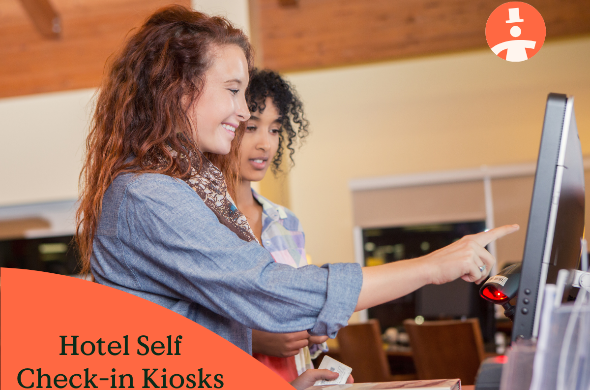
No trip away feels complete without a memorable food experience. Food and travel go hand-in-hand, if you’re imagining a trip to Italy you might think Trevi Fountain, Colosseum or mopeds, but before that you’re probably salivating over three square meals of pizza and pasta.
New research by Elliotts Agency has unveiled that customers decide on food in restaurants based on how they read a menu. By tailoring your B&B menu with the following key findings in mind you can entice more diners, sell higher profiting dishes and deliver an unforgettable culinary experience that will have your guests returning again and again.
Key Learning #1
Customers won’t read the whole menu or notice if you try sway their decision
In Elliotts’ findings the most cynical diners were under 30, but even then only 35% thought they were being convinced to order a particular dish. It was also found that only 31% of customers read the description of more than five items on the menu.
This can be used to your advantage; if your guests rarely notice when you are trying to influence their decision then you can use your menu to advertise meals that draw in the highest profit margin. Tip the odds by using some simple psychology: larger headings, stronger colours, and enticing language.
But be sure not to overwhelm with options, it’s best to stick with 10 main dishes or less and use short descriptions that are clear in explaining the appeal and taste.
Key Learning #2
Menu choices are made fast: 75% of consumers find something they would consider ordering within two minutes
People know what they like to eat. Under 30s decided much faster than over 60s, which may be attributed to 71% of under 45s checking the menu before arrival.
Giving clear access to your food menu on your B&B website and social media accounts will allow guests to do their pre-dining research.
While guests are there you can also steer their decisions through attention grabbing images and advertise your specials.
A tempting menu on your website is a great way to ensure guests choose your restaurant for their holiday meals.
Key Learning #3
What’s familiar is prefered: 60% of customers would order a dish they’ve had before
People are not usually experimental with food – not everyone is going to order the escargot in France – so your classic dishes are likely to be more popular.
Surprisingly under 30s crave familiarity the most, so don’t just go for the age old meatloaf.
Key Learning #4
Menu shape and language is important
Portrait menus are the preferred layout. A portrait menu is easy to open on small devices which is great for keeping your website mobile-friendly. Considering that 52% of travelers used a smartphone or tablet to complete travel bookings, it’s likely they’ll take a look at your menu before deciding where they’ll eat on holiday.
You’ll only have one chance and a few words to sell a meal so vocabulary is a very important marketing tool. Changing from plain language like “steak and fries” to sensory language like “Succulent sirloin steak with crisp salad and French fries” is a great way to get their taste buds dancing.

By Dean Elphick
Dean is the Senior Content Marketing Specialist of Little Hotelier, the all-in-one software solution purpose-built to make the lives of small accommodation providers easier. Dean has made writing and creating content his passion for the entirety of his professional life, which includes more than six years at Little Hotelier. Through content, Dean aims to provide education, inspiration, assistance, and, ultimately, value for small accommodation businesses looking to improve the way they run their operations (and live their life).
Table of contents
“The mobile app is a breeze to use and when you need assistance, you can always count on excellent customer service to be there for you.”
Managing Director, Smans Villas







